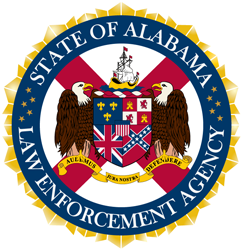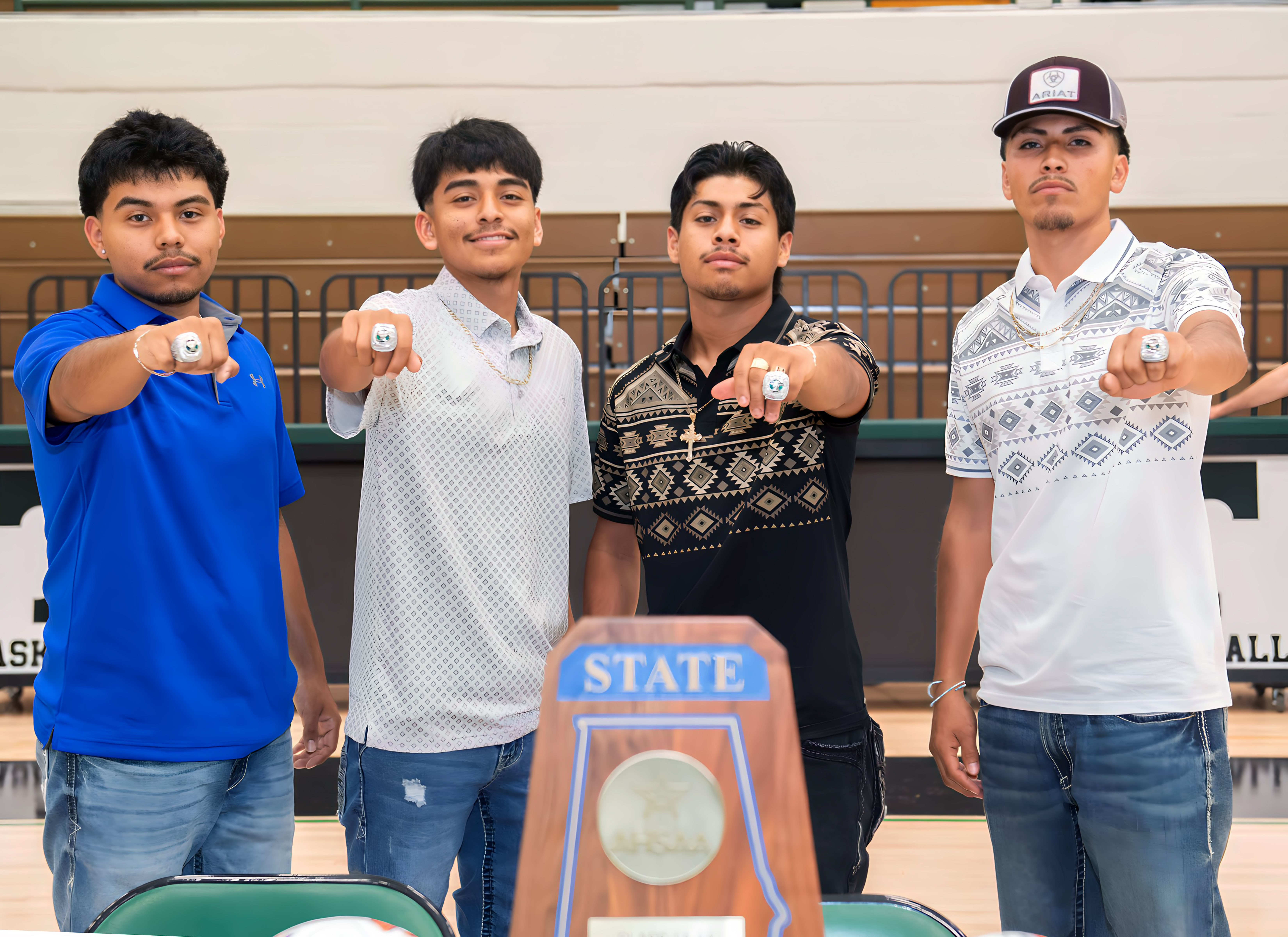Driving the Overseas Highway
Published 10:14 am Wednesday, January 10, 2018

- Theater of the Sea visitors can pay extra to interact with the sea lions and dolphins under the guidance of the trainers.
One of the side benefits of visiting Key West is an opportunity to drive the scenic Overseas Highway (U.S. 1) connecting the Keys with the Florida peninsula.
The 126-mile highway offers one of America’s best driving experiences with a series of bridges, beaches, islands, andwater views.
Trending
The going can be slow but there is little reason to care when you are likely to make multiple photo stops.
In addition to scenic views, the Overseas Highway offers numerous educational and fun attractions. At various points along the highway, a traveler can swim with dolphins, help train a sea lion, visit a bird recovery sanctuary, take a boat trip to an island under the old Seven-Mile Bridge and stroll among rescued turtles.
Equally interesting is following beside historic railroad bridges built in the early 1900s by Henry Flagler.
We did all these things and more during a late-December drive to Key West.
Normal activities at some locations were altered due to damage from September’s Hurricane Irma, but most places were up and running. Employees appeared happy to welcome visitors following several down months while businesses recuperated and tourism recovered from the effects of Irma.
We scheduled an overnight stop in Marathon to allow more time along the highway. Even then there wasn’t sufficient time to enjoy all the highway offers visitors.
Trending
Navigation along the Overseas Highway is easiest using posted mile markers that begin at 0 in Key West. It seems the starting point should be north rather than south, but someone at the highway department decided otherwise. Several mileposts seemed to be missing, perhaps due to the hurricane.
Our first stop heading south was John Pennekamp Coral Reef State Park (MM 102.5). This is one great state park with glass-bottom boat rides, dive trips, and rentals of kayaks, canoes, seacycles and power boats. At the time of our visit, the visitor center was closed due to hurricane damage.
Less than 10 miles down the road is the Florida Keys Wild Bird Center (MM 93.6). Here we wandered through a wooded waterfront area where injured wild birds are cared for. During our visit, we saw owls, falcons, egrets and lots of pelicans. The center’s visitor center and education center is a couple of miles south.
At Theater of the Sea (MM 84.5), we helped train a sea lion. Actually, the sea lion was already trained but seemed to enjoy our company.
One of Florida’s earliest tourist attractions, the facility offers rotating activities that include a parrot show, sea lion show, dolphin show and a glass-bottom boat ride. It would be easy to spend half a day here.
Robbie’s Marina (MM 77.5) is a funky place where you can snorkel, rent a kayak, charter a fishing boat, feed tarpon or purchase a metal flamingo. If you missed visiting Florida in the ’50s, an opportunity to view a small slice of what it looked like is available at Robbie’s.
At the Dolphin Research Center (MM 59), we made friends with Talon, grandson of one of the dolphins to play Flipper. The center offers several dolphin and sea lion activities throughout the day. An additional fee allows participation in one of several interactive dolphin experiences.
Crane Point Hammock (MM 50) is a pleasant and unexpected surprise. The 63-acre natural area includes a museum, nature trails, a wild bird rescue center, a century-old Bahamian immigrant tabby home and the home of Francis and Mary Crane for whom the area is named. Crane Point is an impressive place to experience nature in the Keys.
A stop at the Turtle Hospital (MM 48.5) included a tour of the only state-certified veterinary hospital for sea turtles. The tour included a view of the hospital operating room followed by a guided walk among the tanks for turtles recovering from a variety of ailments ranging from injured flippers to intestinal problems. We were told those with the latter issue were sometimes fed Beano.
Near the north terminus of the Seven-Mile Bridge, we boarded a small boat for a trip to Pigeon Key (MM 48). The small key once served as a base for bridge construction workers and later for tenders who operated a swinging bridge. Our tour guide offered a history of the key and people who lived and worked there.
Big Pine Key’s 8,400-acre National Key Deer Refuge(MM 30) offers the possibility of viewing the unique Key deer (24- to 30-inch shoulder height). A 2/3-mile loop trail is 2.5 miles off U.S. 1 on Key Deer Boulevard.
Stop first at the refuge visitor center located in the shopping center near the stoplight.
David and Kay Scott are authors of “Complete Guide to the National Park Lodges” (Globe Pequot). Visit them at mypages.valdosta.edu/dlscott/Scott.html. The Scotts live in Valdosta, Ga.
When: November through mid-December is a good time to visit the Keys. Things get very busy and expensive following Christmas.
Lodging: Marathon is about half-way and a convenient place to stop for the evening. We spent a night at Skipjack Resort (1-305-289-7662) that is located several blocks off busy U.S. 1.
Food: Skip the pizza, burgers, and steaks. This is seafood country.
Additional information: Visit www.fla-keys.com, or call 1-(800) FLA-KEYS.





